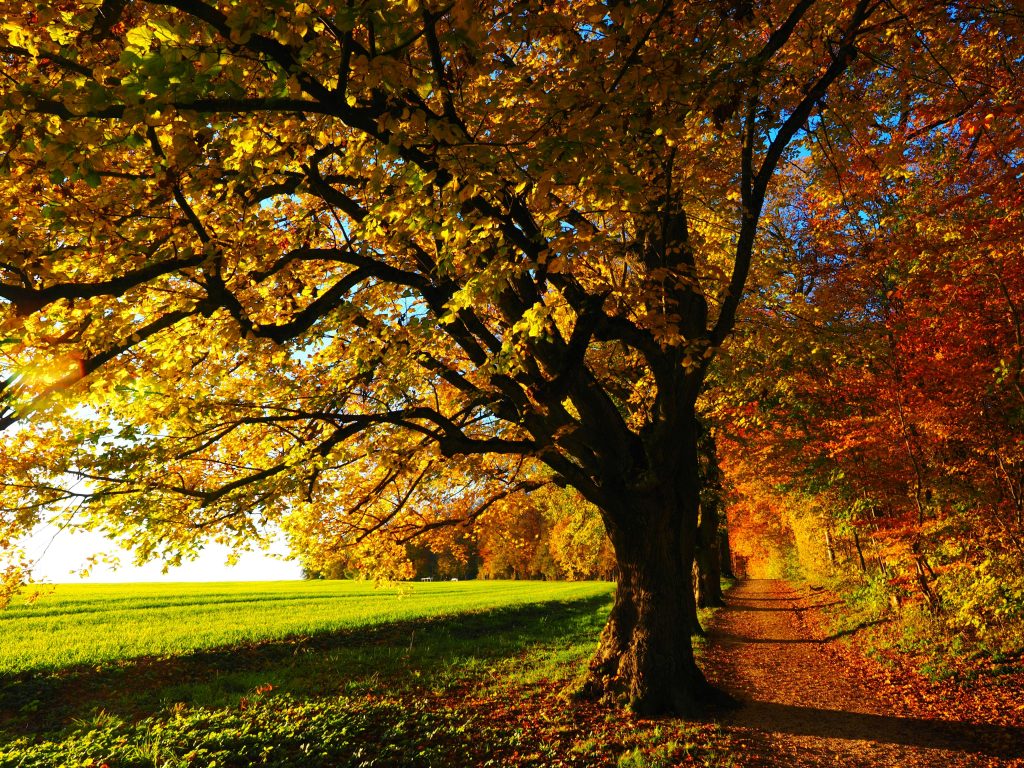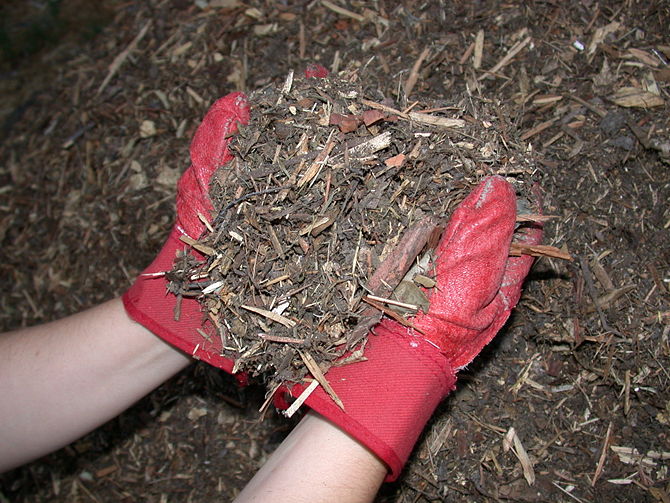Autumn is definitely here with its morning chill and tree leaves that are starting to change colour. This is the ideal time to get ready for your winter plants and to get a head start on spring gardening. Autumn is a magical time of the year that will make you look at nature in a whole new way.
These natural seasonal changes provide us with a bounty of free fallen leaves that can be used in the garden as compost and mulch.
Soil basics
Mulch will protect your plant’s roots during the winter freeze with the added bonus of saving water. Mulch is basically compost that hasn’t decomposed yet and can be spread right on top of the beds. Mulching is the best way to replenish organic material in your beds if the soil is in the right condition.
Healthy soil should be loose and crumbly with a lovely earthen smell and minimal compaction or sedimentation. However, if your soil is compacted and crusty, compost is the solution. You will have to dig in loads of compost to a depth of at least 50cm.
Compost is ideal for planting and replenishing garden beds. Whereas mulch is a simpler option, composting will require a bit more effort. However, by following the composting instructions below, this will be transformed into a simple task.

1. Select the correct site for composting
- The best spot would be in the shade or semi-shade.
- Look for a spot in the garden that is out of the way.
- Keep in mind that organic material decomposes best in warm moist conditions.
2. Decide on a compost heap
or compost bin
- Compost heaps are great if you have space but bins tend to be easier and neater.
- Compost bins come in various sizes – so you can pick one that will fit your needs and space.
- Consider putting a few empty containers outside to collect rainwater for keeping your compost moist.
- Have a look at this video for an easy composter made from pallet wood. I would, however, recommend using chicken mesh instead of the garden netting.

3. Start composting
- Start the first layer with twigs and branches to help with ventilation.
- Thereafter start adding alternating layers of green and brown waste at the ratio of 2 parts brown to one part green.
- Remember that adding too much green waste will make your compost start to rot.
- Mix your grass clippings in with your brown waste to prevent them from clumping
- With every 5th layer, you can start adding a compost activator such as comfrey and yarrow or a commercial compost activator.
- Try to keep your compost moist but not waterlogged – a dry compost heap will take longer to decompose, whereas too much water will make it rot.
- If possible, try to turn the compost with a garden fork to speed up the process, swapping the inside for the outside
- You will know your compost is ready as soon as that lovely earthy smell comes through, and the contents are nice and crumbly.
Every year nature gives us this bounty of leaves and it is up to all of us to realize this potential. Composting and mulching are recycling in its simplest form. Let’s try and lessen the amount of black bin bags stuffed with leaves that just go to waste. So now it’s time to start raking up those leaves whilst enjoying autumn in all its glory.
PS. Find a few trees in the neighbourhood that lose their leaves during winter and over the next few weeks watch them transform…

